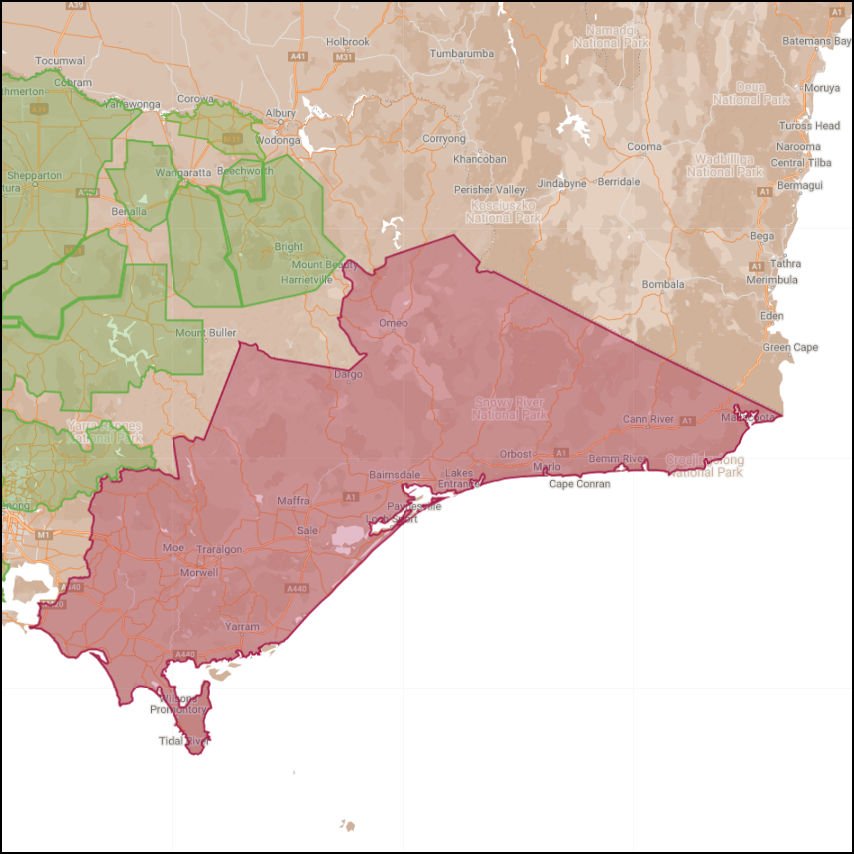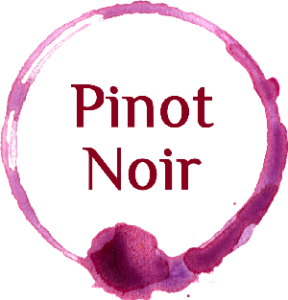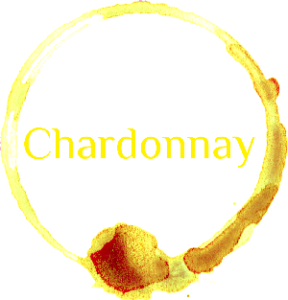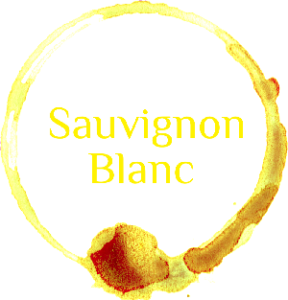Gippsland is unique as it is both a wine zone and a wine region. The region covers a large area, 40,526 square kilometres to be precise, and extends from the New South Wales and Victorian border, along the coast to Wonthaggi, just below Melbourne, and west to the edge of the Great Dividing Range. It has a 1798 km borderline and 400 km of cool-climate coastline, wedged between the mountains and the sea. Despite its size and distinct climates, it is not possible to further divide it into regions under the current GI legislation. If this were possible, however, it would likely form three natural regions: South Gippsland, West Gippsland and East Gippsland.
The East was the focus area for winemaking in the nineteenth century, where viticulture resumed when Pauline and Dacre Stubbs began planting at the Lulgra vineyard in 1970. Robert and Ann Guy followed in 1971, planting at Golvinda. These pioneering labels are no longer producing but have paved the way for those who came after. The area’s weather patterns are complex and can result in highly unpredictable rainfall, summer droughts and floods.
The West is at a similar latitude to the East but 200 km west. Its western boundary neighbours the southeast boundary of the Yarra Valley. The climate here is somewhat warmer than in the East.
Lastly, the South is the coolest of the lot, given the weather influence from the Bass Straight. Rainfall is also higher in the south.
More than 50 wineries operate in this vast region, and as you can imagine, they are quite spread out. However, they are worth a visit if you are ever in the area.
Top Stats
Harvest
Early Mar to end Apr
Mean Jan temperature
18 – 19°C
Area of Vine
187 hectares
Altitude
20 – 50m
Growing season rainfall
420-530mm
Principal Varietals
As with other coastal Victorian wine regions, Pinot Noir and Chardonnay play major roles; Gippsland is, after all, part of the ‘Pinot Coast’, alongside Mornington Peninsula and Geelong. So, however, do Shiraz and Cabernet Sauvignon, all four varietals sharing a fairly even spread of the love.
The region produces a 65/35% split of red and white varieties, with the next most substantial varietal in the region being Sauvignon Blanc.
Source: www.wineaustralia.com, Photo Credit









